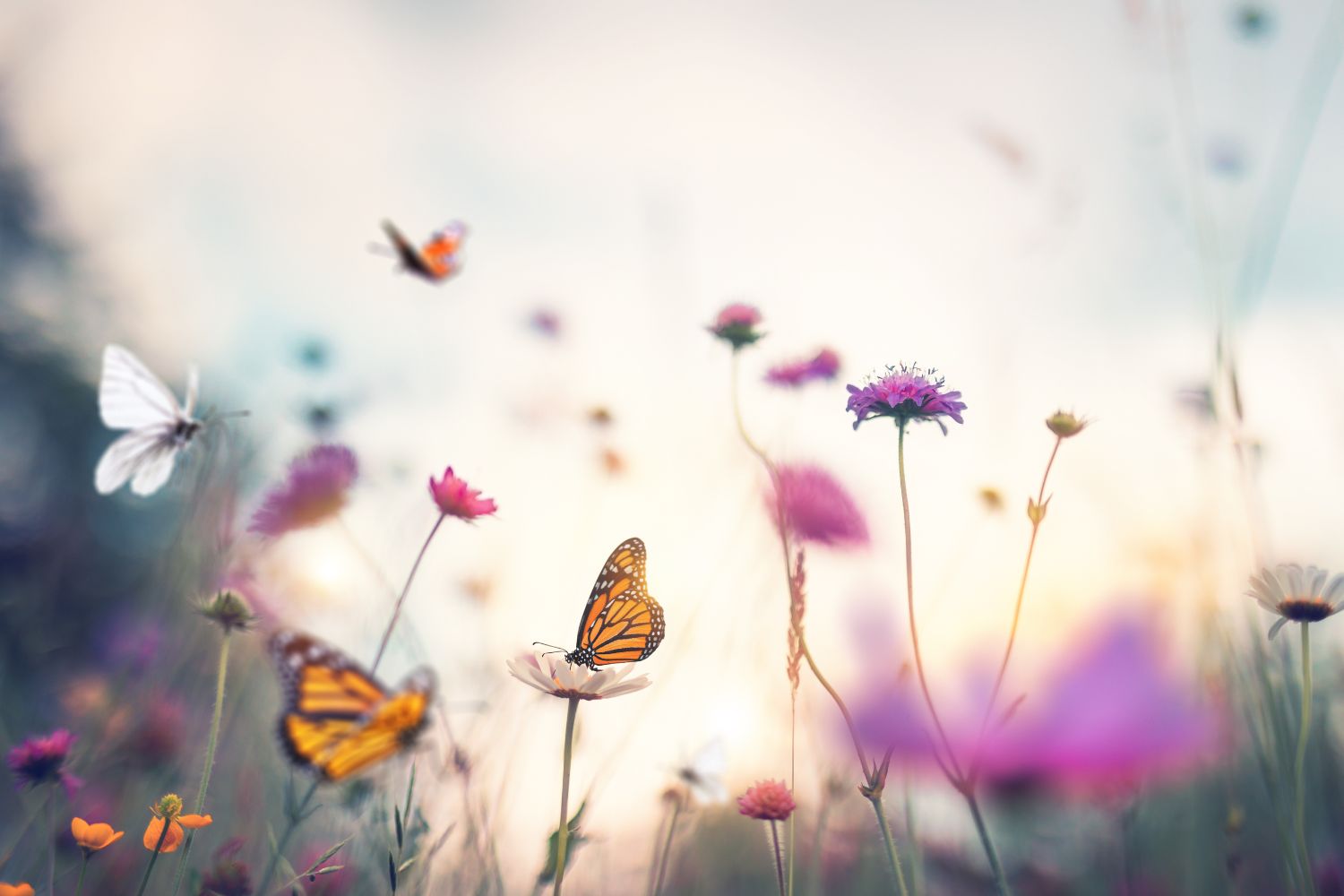A new study published in Science has reported an alarming decline in the number of butterflies in the USA: -22% since 2000

@Canva
Butterflies, which are the beauty and delicacy, are disappearing in the US at a breakneck rate. A study published on March 6th in Science indicates that there has been a 22% decline since 2000, and individual species have fallen by as much as 50%. The cycle, which has been caused by the use of pesticides, climate change, and deforestation, can have disastrous consequences not only for diversity but for the balance of the entire world.
A disturbing decline
The research, conducted by ecologist Collin B. Edwards and colleagues, is the largest ever conducted in the United States. The researchers combined information from 35 citizen science projects, analyzing over 12.6 million butterflies tallied in 76,000 surveys. The result is alarming: between 2000 and 2020, the total abundance of butterflies declined by 22% across 554 species studied.
Data from about 76,000 butterfly surveys conducted by various groups showed that their numbers dropped by 22% from 2000 to 2020 in the contiguous United States. Scientists attributed the decrease to habitat loss, pesticide use and climate change https://t.co/YttckZ6qLt pic.twitter.com/1U1zhEnEra
— Reuters Science News (@ReutersScience) March 7, 2025
The declines were widespread throughout the United States, with two-thirds of the species having declines larger than 10%. Worse yet is the proportion of species declining to those that are increasing: for every increasing species, 13 are declining. As stated by Nick Haddad, an entomologist at Michigan State University and co-author of the paper, “We are not seeing any signs of slowing down.”
The reasons behind the decline
Three main causes are responsible for the disappearing butterflies:
- Excessive pesticide use: Intensive farming has led to excessive insecticide use, which kills not only pest crop varieties but also harmless insects like butterflies.
- Climate change: Global warming and extreme weather patterns destabilize habitats and reduce food sources for larvae and adults.
- Habitat loss: Deforestation and urbanization destroy areas where butterflies deposit eggs and obtain food.
The most impacted areas are located in the south-western United States, where the population of butterflies has dropped more than half in the past 20 years.
A call to nature (and to mankind)
Butterflies are not just fascinating animals; they’re also environmental health barometers. Their disappearance is a sign that other pollinator insects, which are necessary for agriculture, may be in danger too. “Butterflies are giving us a warning signal that our ecosystem is in danger,” says Anurag Agrawal, an evolutionary ecologist at Cornell University. “Their decline is a sign that the health of our planet is declining.”
All is not yet lost. Scientists are insisting that there are solutions to turn things around. Below are some measures that can be taken in order to contribute positively:
- Reduce pesticide use on farmland and home gardens.
- Conservation and re-creation of natural habitats of butterflies.
- Plant flowers which serve as food and shelter to pollinators.
- Raise awareness about the importance of butterflies and involve the public in monitoring activities.
Haddad concludes on a hopeful note: “We can all do something, even by planting flowers in our garden. Small actions can make a big difference.”
